NEW DELHI: Sujeeta thought she had left her troubles behind two years ago when she moved into a new flat in Tower A at Kalkaji. However, her dreams of a better life have been marred by daily struggles. “Imagine being a mother of three kids and living on the seventh floor. Every single day for two years, I have had to haul the children down to the ground floor to fill a bucket from the RO outlet because there’s no drinking water supply in our flats,” muttered the 30-year-old.
The chaotic mornings begin at 8 AM when residents battle for water. “No matter how early you get there, you’re left with dust in your bucket if you’re not quick enough,” she added. In 2022, Sujeeta and her neighbors from the Bhoomiheen Camp slum cluster joyfully moved into the flats allotted to them as part of the in-situ slum rehabilitation scheme. But their dreams of a better life have quickly faded.
Her sister-in-law, Hewanti, now questions the worth of securing a flat in the same complex. “We still live in a shack in the camp,” she said. “Around a year ago, we spent our savings on legal fees to secure a flat. But after seeing the conditions here, we regret it. Our old jhuggi is actually more spacious, and we feel safer there too.”
The slum dwellers of Govindpuri had believed their move to flats built by the Delhi Development Authority would be a significant upgrade. But instead of finding relief, they face new challenges with missing basic amenities. The optimism of owning a proper house has been replaced by nostalgia for their old homes.
The in-situ rehabilitation housing site, inaugurated on November 2, 2022, was intended to erase slums and provide pucca housing. However, the past two years have shown that this plan has simply created a vertical slum. Tapped water remains unavailable, and garbage management has deteriorated. Efforts to establish a residents’ welfare association have failed, and trash continues to accumulate around the buildings.
“Maintenance is not taken seriously here. Open sewers overflow with the slightest rain, moisture causes chunks of the roof to fall off, and garbage dumps proliferate in every corner,” a resident complained. The modern amenities promised, such as piped gas, have not materialized. Residents are stuck with the high costs of LPG cylinders, adding to their financial burdens.
Security is another major concern. Residents feel vulnerable, with a lack of public lighting and no proper security guards on duty. The abrupt shift to vertical living has also disrupted social networks, severing slum dwellers from their street-based livelihoods.
For some, the transition to high-rise living has been more than just a change in address; it has been a step backward. “It’s as if an eerie silence has settled over these apartments. Back in the jhuggi, there was a real sense of community,” said Parmeela, a 65-year-old domestic helper. The loss of community and independence has left many residents feeling isolated and disheartened.
While a few, like 26-year-old Tushar Vishwas, have managed to adapt by setting up businesses within their new homes, the majority of residents continue to struggle with the challenges brought on by this so-called rehabilitation scheme.


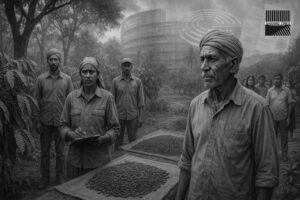

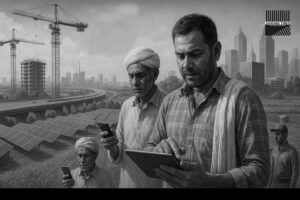
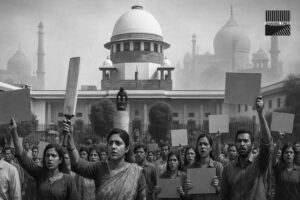


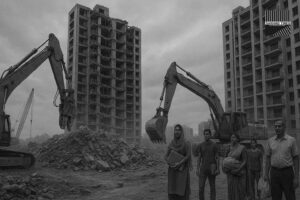


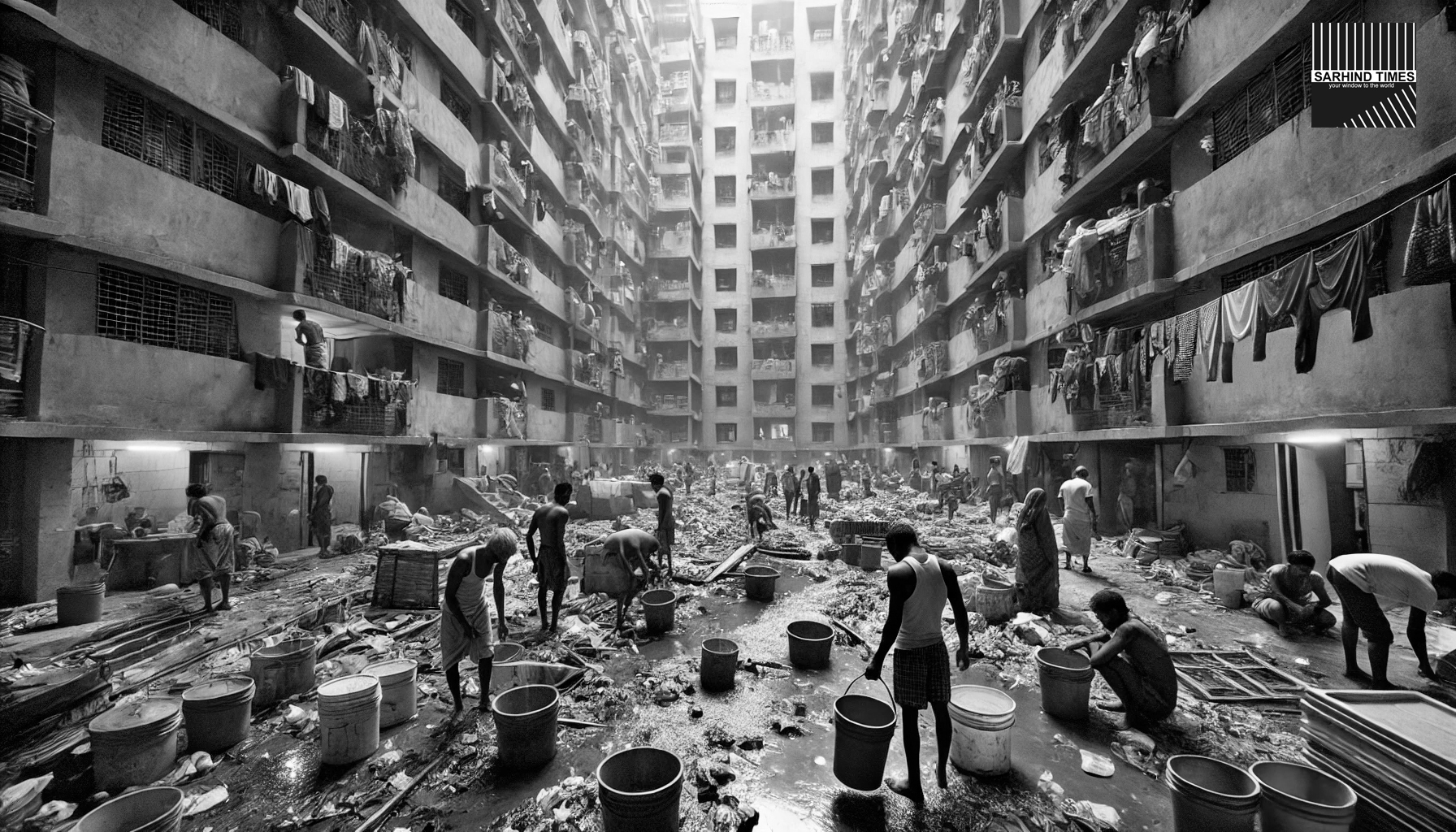
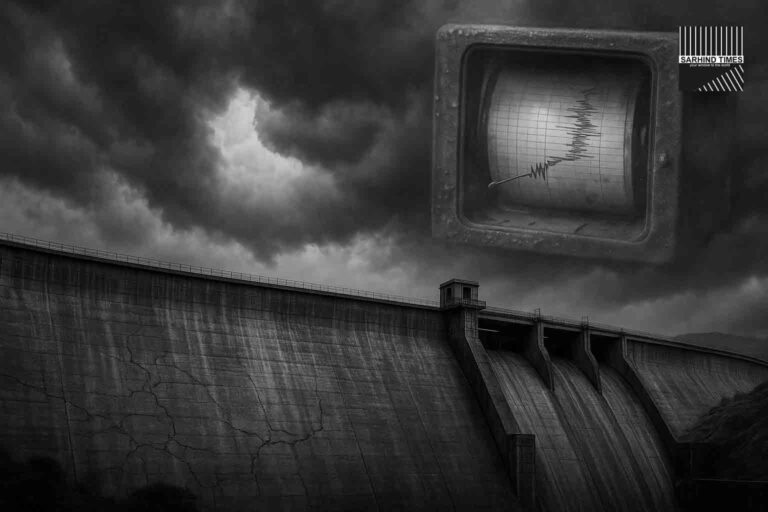
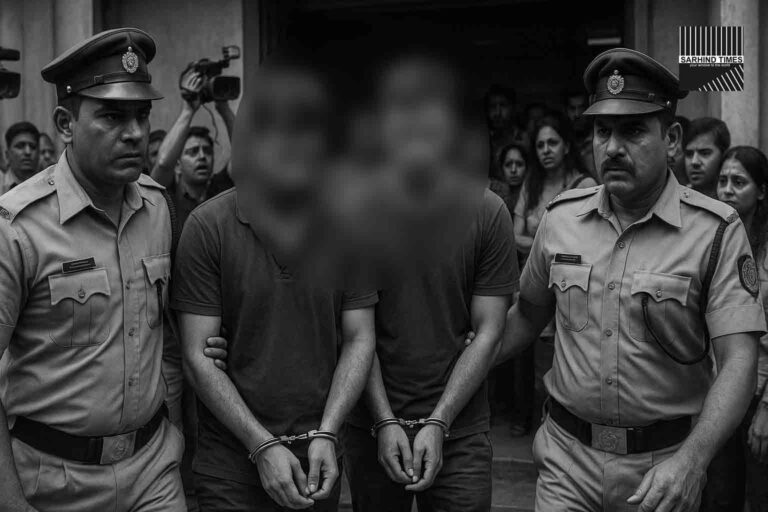
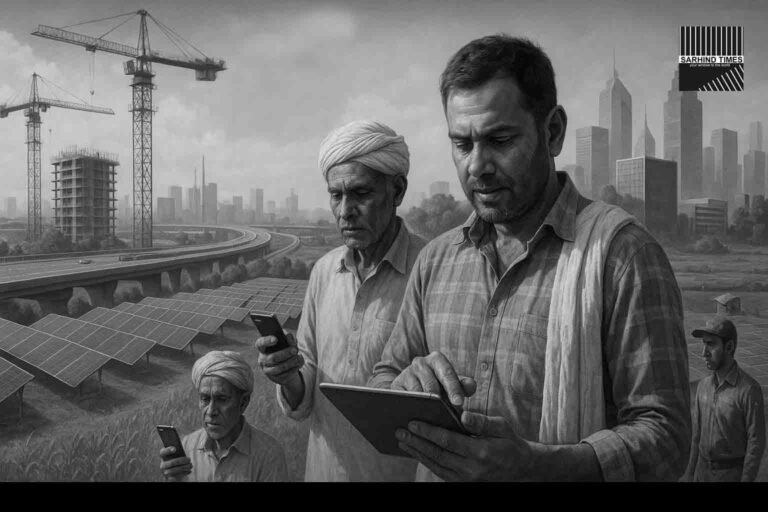
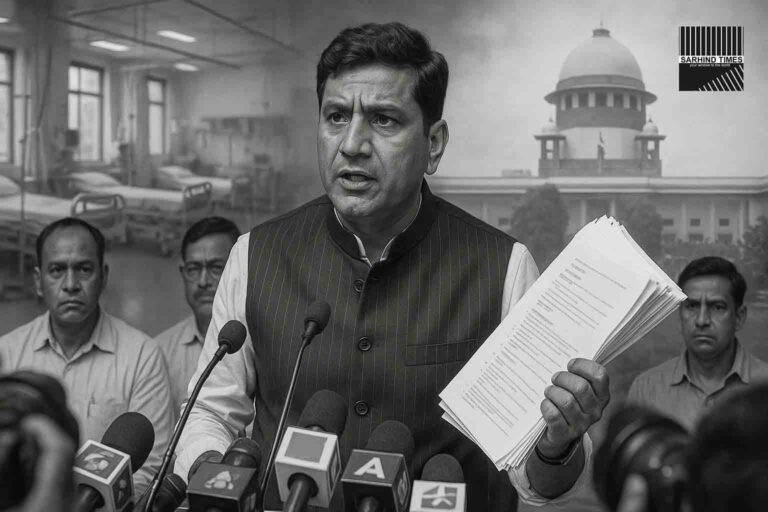
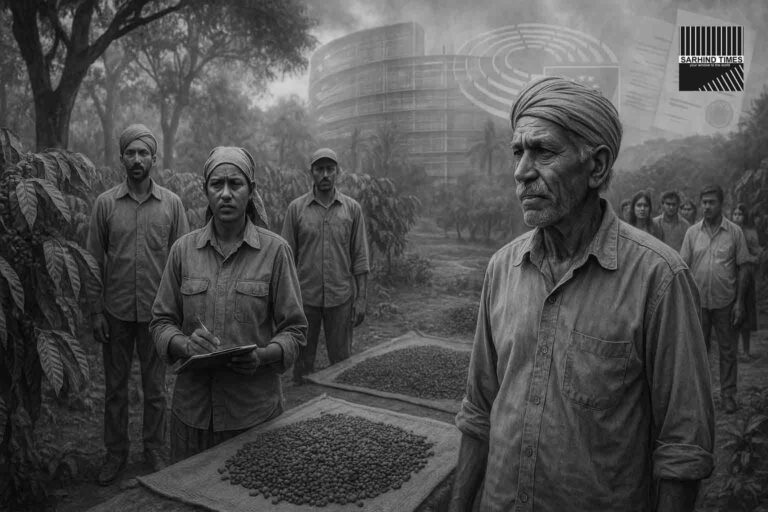
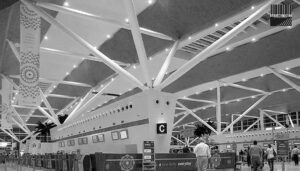

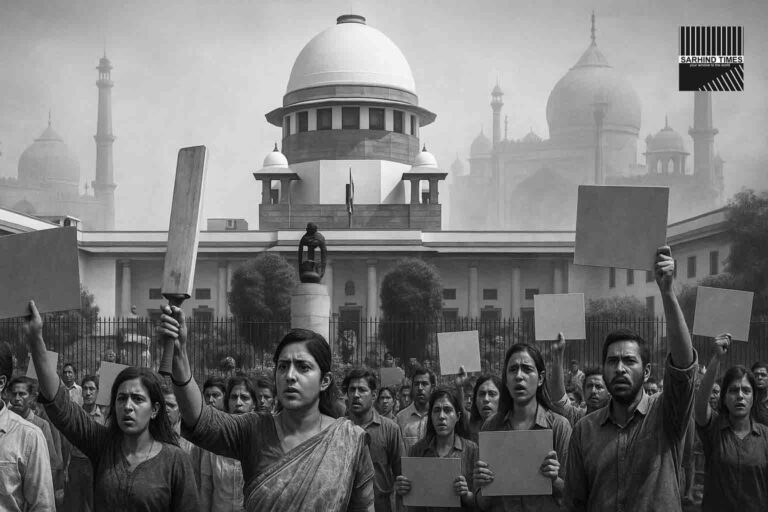


+ There are no comments
Add yours